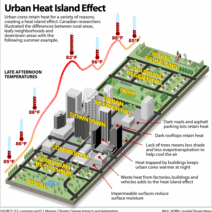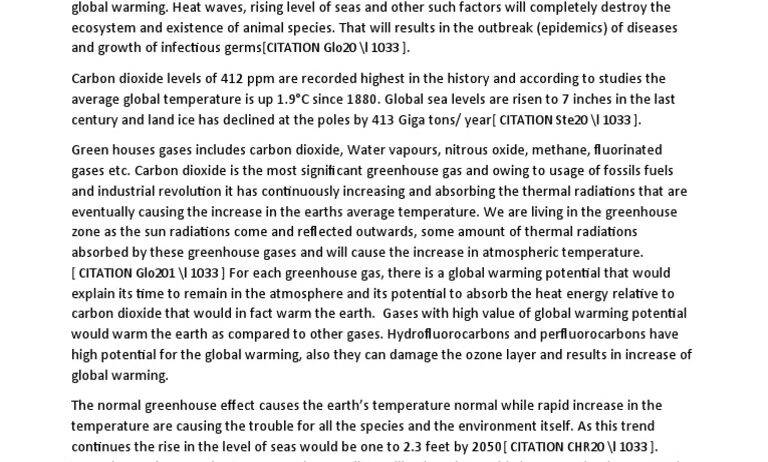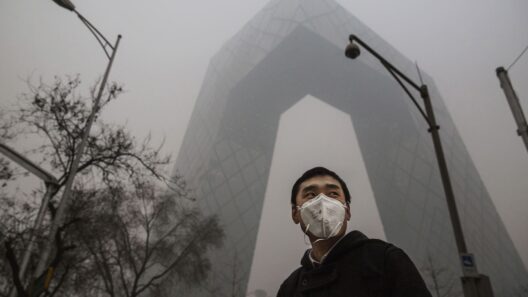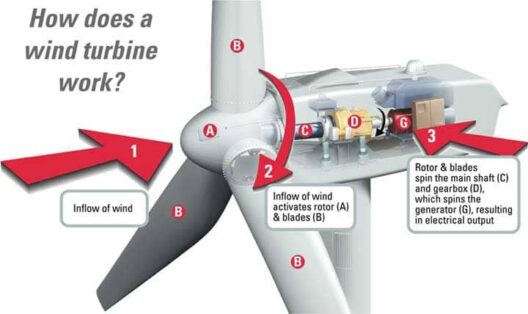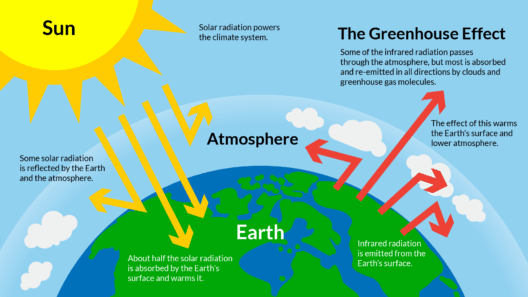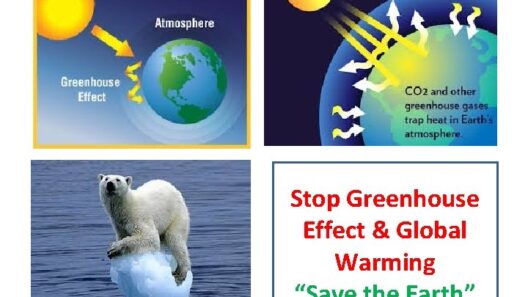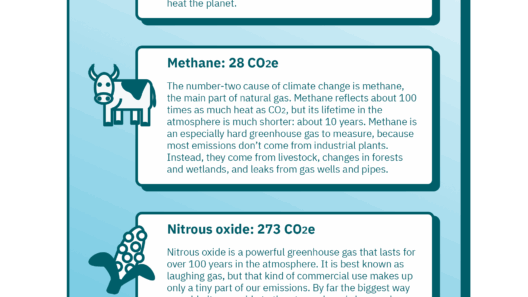Our planet is facing an unprecedented challenge: the alarming rise in global temperatures linked directly to the accumulation of greenhouse gases (GHGs) in the atmosphere. Understanding this connection is crucial for mitigating the impacts of climate change and ensuring a sustainable future. This article aims to unravel the complexities behind warming temperatures and GHG emissions, providing a comprehensive overview for those looking to understand this pressing issue.
What Are Greenhouse Gases?
Greenhouse gases are atmospheric constituents that trap heat, thereby creating a “greenhouse effect” essential for maintaining the Earth’s temperature. However, excessive concentrations of these gases can lead to detrimental warming. The primary GHGs include carbon dioxide (CO2), methane (CH4), nitrous oxide (N2O), and fluorinated gases. These emissions originate from various human activities, including fossil fuel combustion, agricultural practices, and industrial processes. Their role in the warming climate cannot be overstated.
Carbon Dioxide: The Forefront of Climate Change
Carbon dioxide is arguably the foremost greenhouse gas influencing climate change. It is released through activities such as vehicle emissions, power generation, and deforestation. The carbon cycle—wherein CO2 is exchanged between the atmosphere, oceans, and land—has been drastically disrupted by human actions. The regular absorption of CO2 by oceans and vegetation cannot keep pace with the volumes being emitted. Consequently, we’re witnessing an incremental rise in atmospheric CO2 levels, directly correlating with the increase in global temperatures. In fact, atmospheric CO2 concentrations have surged to levels unprecedented in the last 800,000 years.
Methane: A Potent Yet Short-Lived Culprit
Methane, although less abundant than carbon dioxide, is significantly more effective at trapping heat in the atmosphere—over twenty-five times more potent over a century. This gas primarily emanates from agricultural practices such as livestock digestion, rice cultivation, and the decay of organic waste in landfills. Increases in methane emissions contribute to a rapid escalation of temperatures, demonstrating that actions necessary for mitigating climate change need to address not only CO2 but also other GHGs like methane.
The Role of Nitrous Oxide and Fluorinated Gases
Nitrous oxide, primarily released from agricultural fertilizers and certain industrial activities, is another influential greenhouse gas, with a global warming potential nearly three hundred times greater than CO2 over a century. Meanwhile, fluorinated gases, used predominantly in refrigeration and air conditioning, may have a lower atmospheric abundance, but their effects can last thousands of years. Thus, transitioning to sustainable practices and alternative technologies can significantly mitigate these emissions, addressing the multifaceted problems associated with climate change.
Rising Temperatures: The Alarming Outcomes
As greenhouse gas concentrations rise, global temperatures follow suit. The Intergovernmental Panel on Climate Change (IPCC) has indicated that an increase of just 1.5 degrees Celsius above pre-industrial levels can lead to dire consequences: more frequent heatwaves, droughts, floods, and altered ecosystems. These climatic shifts have cascading impacts on agriculture, water resources, and human health. Vulnerable communities, particularly in developing nations, are disproportionately affected by these changes, highlighting the ethical implications of climate inaction.
The Feedback Loops of Climate Change
A critical aspect of the warming temperatures due to greenhouse gases lies in the concept of feedback loops. For instance, as temperatures rise, polar ice melts, reducing the Earth’s albedo—the degree to which it reflects sunlight. This results in further warming as more solar energy is absorbed by the oceans, therefore accelerating ice melt in a vicious cycle. Similarly, thawing permafrost releases stored methane, exacerbating global warming. Recognizing these feedback loops is essential for understanding the urgency of the climate crisis and the potentially catastrophic outcomes if greenhouse gas emissions are not curtailed.
Addressing the Key Buyer Concern: Clean Energy Solutions
It is imperative for individuals and businesses, often seen as ‘buyers’ of energy, to understand their role in this crisis. Transitioning to clean and renewable energy sources—such as wind, solar, and hydropower—can significantly reduce GHG emissions. Consumers should remain informed about sustainable alternatives and support businesses that prioritize environmentally friendly practices. Moreover, governments and policymakers must incentivize individuals and industries to adopt eco-friendly technologies and practices.
Conclusion: A Collective Responsibility
The connection between warming temperatures and greenhouse gases is profound and consequential. An increased understanding of the dynamics involved can spur collective action to combat climate change. Each individual, corporation, and governmental entity has a role to play in reducing emissions and fostering resilience against a warmer future. By embracing sustainable practices and supporting innovative solutions, we can work together toward a world less impacted by the dire consequences of climate change.
